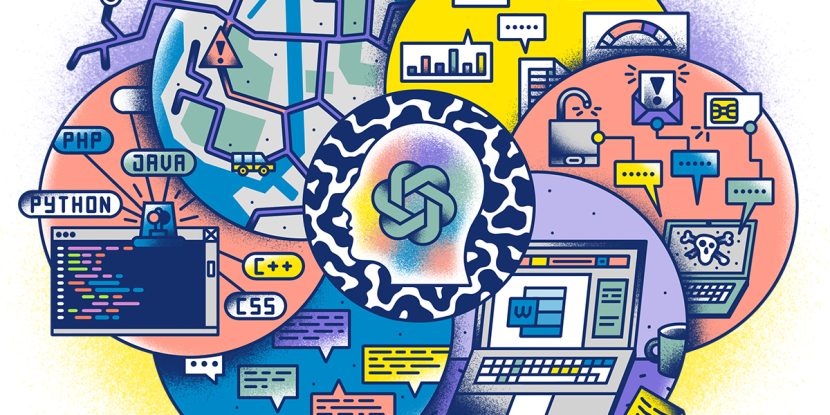
If you’ve visited a restaurant or store recently, chances are you’ve seen and used the ubiquitous small squares that make up a QR code. During the COVID-19 pandemic, the small squares that make up a QR code became ubiquitous. Our exposure to these codes was never higher, nor their value clearer.
But how did we get here? Why are QR codes today’s technology of choice for navigating our lives? Let’s step back to Japan, 1994.
Where QR codes began
Automotive components manufacturer Denso Wave had a frustrating problem on their supply line. They were using bar codes on their components that workers had to scan for information they needed. But bar codes became limiting for the company because of the small amount of information each could hold.
The company gave one of their young engineers, Hara Masahiro, the task of developing a solution. Bar codes are one-dimensional (read along one axis,) but Masahiro’s creation was two-dimensional: Read horizontally and vertically. It increased the information held from just 20 characters to 7,000.
Related article
Is paper dead?
Smartphone apps take more transaction territory each year, so when will they replace paper and plastic cards?
The speed these new codes introduced to manufacturing created its own problem. Technologist Simon Raik-Allen explained it to me like this: “Imagine a conveyor belt with all the products going past. You want a camera to see which products are where. If they go too fast, the camera won’t read it.”
Since then, eagerness to adopt QR codes in business and personal lives has varied. Asia has been the keenest adopter, with QR codes playing a central role in digital payments. In China, consumers use WeChat or Alipay apps to make some 90 percent of mobile payments, and both use QR codes to facilitate the transaction. In Africa, M-Pesa has started to incorporate QR codes into its text message banking service.
In Europe and North America, uptake had been less enthusiastic – until now. A 2015 TechCrunch article called QR codes “frustrating” and a “laughing stock.” Brands eager to plaster QR codes wherever they could and the likes of QR code tattoos led to perception the codes were a gimmick. The user needing to download a QR code scanning app may have contributed to this sense of needless novelty.
In 2017 things changed. Phone manufacturers began incorporating QR code scanners into camera apps so users didn’t need to download an app. Improvements in mobile technology letting scanned links open more quickly also played a part, according to Joe Waters, author of QR Codes for Dummies.
These improvements planted the seed that allowed the technology’s quick adoption in the pandemic when the need became clear. Waters says, “People now want as little contact as possible with everyday objects that may spread germs.”
This poses a novel question: Will our newfound familiarity with QR codes lead to new uses in the coming months and years? How should business and tech leaders be thinking about QR codes?
The Future of QR codes
Large retailers like Amazon have started experimenting with QR codes to track and for payment in their physical stores. But opportunities are opening for retailers of all sizes, especially around demonstrating sustainability and environmental credentials.
Fashion label Another Tomorrow uses QR codes on labels to give consumers more information on the clothing item’s sustainability. Provenance uses blockchain to make supply chains transparent, with QR codes for consumers to see evidence of what the brand claims. The 2021 ‘right to repair’ EU law means consumer electronics manufacturers must add a QR code for more information on the product, like how loud it is.
Businesses can also use QR codes to interact with customers, making it easier for customers to give feedback, follow the business on social media or join loyalty programs.
Securing QR code-reading for business
Data security is a pressing concern with widespread adoption of QR codes. Consumers and businesses may not have known the security risks as they rapidly adopted the technology in the past 12 months.
David Emm, Principal Security Researcher at Kaspersky, says “A tainted QR code might ask a user to download a malicious app containing malware. The malware could then steal personal information.”
Businesses can reduce their risk by using a reputable, up-to-date QR code scanner. It also pays to raise awareness among staff and customers of malicious QR codes, for example, advising they consider whether a code looks tampered with before scanning it.
The battle for a new technology’s acceptance is won when the audience understands what it does that no other technology can do. The pandemic gave the QR code a chance to show it was no gimmick. Business should expect to see QR codes used more widely and creatively, and consider how those game-changing 7,000 characters could help them do business better.





